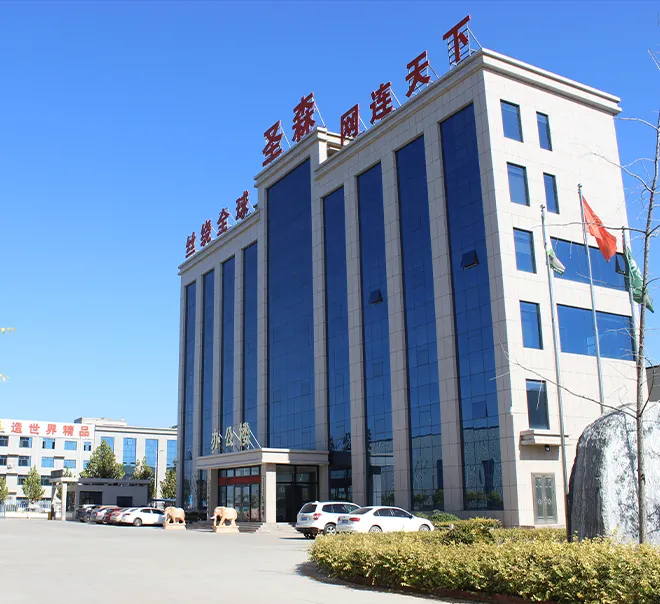
Versatile Uses and Applications of Baling Wire in Various Industries
The Versatility of Baling Wire
Baling wire is an indispensable tool in various industries, renowned for its strength and versatility. This specialty wire, commonly used for bundling and baling materials, plays a crucial role in manufacturing, agriculture, recycling, and many other fields. Its applications are more extensive than many realize, making it an essential component in operations that require the safe and efficient handling of goods.
One of the primary uses of baling wire is in the agricultural sector, where it serves to bind hay and straw into tight bales for transportation and storage. Farmers have relied on baling wire for generations, as it ensures that the bales remain intact during handling. Its strength helps prevent breakage and spillage, allowing farmers to maximize efficiency and productivity during harvest seasons. The ability to easily transport large quantities of hay or straw not only saves time but also contributes to the overall sustainability of agricultural practices.
In addition to agriculture, baling wire finds extensive application in the recycling industry. Recycling facilities often use it to bundle materials like cardboard, paper, plastics, and metals. The use of baling wire in these processes allows for more efficient handling, storage, and transportation of recycled materials. With the increasing emphasis on waste reduction and sustainability, the role of baling wire in recycling cannot be overstated. It enables businesses to consolidate waste, reduce space, and streamline their operations, leading to a more effective recycling process.
Moreover, baling wire is also crucial in manufacturing settings, particularly for bundling finished products or components during shipment. Manufacturers utilize baling wire to ensure that items remain organized and secure while in transit. This is particularly important for fragile or loose items, where the risk of damage during transport is significant. By using baling wire, manufacturers can mitigate these risks and ensure that their products reach customers in pristine condition.
baling wire

The material composition of baling wire contributes significantly to its effectiveness. Typically made from steel, it is available in various gauges and strengths, catering to different bundling needs. The inherent tensile strength of steel provides durability, allowing baling wire to withstand the stress associated with heavy loads. Additionally, some baling wire options are coated to resist corrosion, which is particularly beneficial in environments where exposure to moisture is common.
Furthermore, the ease of use associated with baling wire makes it appealing to various industries. With simple tools, workers can quickly and efficiently wrap, tie, and secure their materials. The flexibility of baling wire allows it to adapt to various shapes and sizes, making it suitable for diverse applications, from small bundles of paper to large bales of hay.
As industries continue to evolve, the demand for baling wire is likely to increase. With greater emphasis on sustainability and efficient operations, businesses will continue to seek ways to optimize their material handling processes. As a result, innovations in baling wire technology are likely to emerge, including advancements in materials and designs that enhance performance.
In conclusion, baling wire is a critical component across multiple sectors, including agriculture, recycling, and manufacturing. Its strength, versatility, and ease of use contribute to its widespread adoption in bundling and securing materials. As industries face new challenges and pursue sustainability, the importance of baling wire is set to grow even further. By investing in quality baling wire solutions, businesses can enhance their operational efficiency and contribute to a more sustainable future.
-
Wire Mesh for Every Need: A Practical SolutionNewsJul.25,2025
-
Steel Fences: Durable, Secure, and Stylish OptionsNewsJul.25,2025
-
Roll Top Fencing: A Smart Solution for Safety and SecurityNewsJul.25,2025
-
Cattle Farm Fencing Solutions for Maximum SecurityNewsJul.25,2025
-
Affordable Iron Binding Wire SolutionsNewsJul.25,2025
-
Affordable Galvanized Wire SolutionsNewsJul.25,2025
-
Wire Hanger Recycling IdeasNewsJul.25,2025








